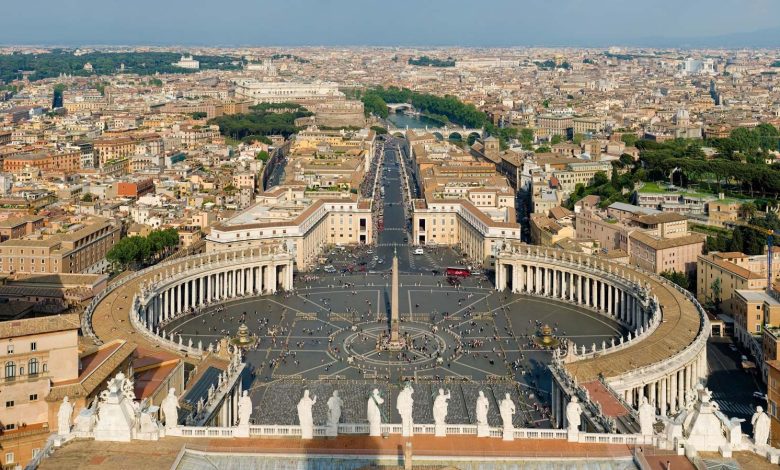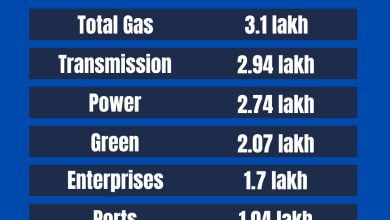Introduction And History of the Holy See: A Fascinating Journey

The Holy See is the central governing body of the Catholic Church. It is based in Vatican City. The Holy See is a unique entity with a long history. This article will explore its origins, development, and significance.
What is the Holy See?
The Holy See is the jurisdiction of the Bishop of Rome. This bishop is also known as the Pope. It is not just a religious entity. The Holy See is also a sovereign entity. It has diplomatic relations with many countries.
Origins of the Holy See
The Holy See’s history begins with Saint Peter. He was one of Jesus Christ’s apostles. According to tradition, Saint Peter became the first Pope. He was martyred in Rome around 64 AD. His successors continued to lead the Church from Rome.
The Early Church
In the early years, the Church faced many challenges. Christians were often persecuted. Despite this, the Church grew. The Pope’s authority became more recognized.
The Edict Of Milan
In 313 AD, the Roman Emperor Constantine issued the Edict of Milan. This decree allowed Christians to practice their faith freely. It was a significant moment for the Church. The Pope’s influence grew even more.
The Middle Ages
The Middle Ages were a crucial time for the Holy See. The Church became very powerful. The Pope had both religious and political authority.
Papal States
During this time, the Pope ruled over a group of territories in Italy. These were known as the Papal States. They existed from the 8th century until 1870. The Papal States made the Pope a temporal ruler.
Schisms And Reforms
The Church faced internal conflicts during the Middle Ages. One significant event was the Great Schism of 1054. This split the Church into the Roman Catholic and Eastern Orthodox branches. The Reformation in the 16th century was another major challenge. Reformers like Martin Luther criticized the Church. This led to the formation of Protestant churches.

Credit: izitour.com
The Modern Era
The Holy See continued to evolve in the modern era. It faced new challenges and opportunities.
Loss Of The Papal States
In 1870, the Papal States were annexed by the Kingdom of Italy. This left the Pope without a temporal domain. The Holy See’s status became uncertain.
Lateran Treaty
In 1929, the Holy See and Italy signed the Lateran Treaty. This agreement established Vatican City as an independent state. The Pope became the ruler of this small territory. The Holy See regained its sovereignty.
The Holy See Today
Today, the Holy See continues to be a significant entity. It has diplomatic relations with many countries. The Pope is a global religious leader. The Holy See plays a vital role in international relations and humanitarian efforts.
Structure Of The Holy See
The Holy See has a complex structure. It includes various offices and departments. The Roman Curia assists the Pope in governing the Church. Key offices include:
- Congregation for the Doctrine of the Faith
- Secretariat of State
- Congregation for Bishops
- Pontifical Councils
Diplomatic Role
The Holy See has a unique diplomatic role. It maintains embassies called Apostolic Nunciatures. These are present in many countries. The Holy See also participates in international organizations.
Humanitarian Efforts
The Holy See is involved in various humanitarian efforts. It supports initiatives for peace, education, and health. The Church’s charitable organizations provide aid worldwide.

Credit: www.amazon.com
Significance of the Holy See
The Holy See holds a unique place in the world. It is the spiritual center for over a billion Catholics. Its influence extends beyond religion. The Holy See is a voice for peace and justice. It promotes human dignity and moral values.
Spiritual Leadership
The Pope provides spiritual leadership to Catholics worldwide. He guides them in matters of faith and morals. The Pope’s teachings shape the beliefs and practices of the Church.
Global Influence
The Holy See has a global influence. Its diplomatic presence allows it to engage with nations. The Holy See advocates for peace, human rights, and social justice. It plays a role in addressing global issues like poverty and conflict.
Frequently Asked Questions
What Is The Holy See?
The Holy See is the central governing body of the Catholic Church.
When Was The Holy See Established?
The Holy See was established in the 1st century AD.
Who Leads The Holy See?
The Pope leads the Holy See.
Where Is The Holy See Located?
The Holy See is located in Vatican City.
Conclusion
The Holy See has a rich and complex history. From its origins with Saint Peter to its current role, it has evolved significantly. The Holy See continues to be a vital entity in the world. It provides spiritual guidance, promotes peace, and supports humanitarian efforts.
Understanding the history and significance of the Holy See helps us appreciate its unique role. It reminds us of the enduring influence of faith and values in our world.




